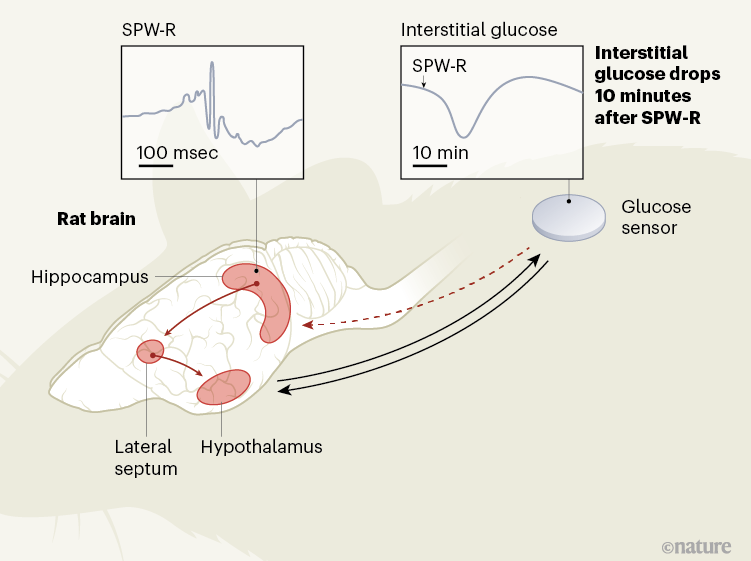Most of my colleagues would probably admit, at least in private, that it’s been an anxious time to be a particle physicist. Thirteen years ago, when the world’s largest (and most expensive) scientific instrument, the Large Hadron Collider (LHC), fired up for the first time, hopes were high that we would soon discover new particles and forces that could help address some of the most profound mysteries in science.
The standard model has no solutions for numerous thorny problems, including how matter survived annihilation during the Big Bang, or indeed why we observe the set of particles that we do. Perhaps its most glaring omission is its failure to account for a whopping 95% of universe, which astronomy tells us is dominated by enigmatic substances known as dark matter and dark energy. So, when the LHC switched on in September 2008, particle physicists like me were itching to see something altogether new, something that might show us the way to an expanded picture of the subatomic world.
Yet almost a decade later, after literally thousands of searches performed by the four big LHC experiments, nature has stubbornly refused to give up its secrets. After the discovery of the Higgs, the LHC experiments continued to verify the predictions of the standard model, while ruling out a whole host of speculative new theories that were intended to extend it into new territory.
Some began to talk about a crisis in particle physics. Could it be that the long quest for an ever-deeper understanding of the fundamental constituents of our universe had reached a dead end? However, amid the gathering gloom, a series of unexpected chinks of light were beginning to appear.
Once again, particle physics made headline news around the world. Major discoveries seemed to be arriving like buses.
The LHCb experiment, one of the four giant detectors that study particle collisions produced by the LHC and the experiment on which I work, was reporting a growing number of ‘anomalies’; measurements that seemed to be in tension with the predictions of the standard model. While intriguing, for a long while these deviations were too subtle for physicists to have much confidence that they were anything other than random statistical wobbles in the data. That is until the 23rd March of this year.
On that day, my colleagues at LHCb announced they had found firm evidence for exotic particles known as beauty quarks decaying in ways that the standard model can’t explain. If borne out, these results suggest the existence of a brand-new force of nature, which would make it arguably the most momentous scientific discovery of the 21st century so far. The story broke out into the mainstream media, quickly making it one of the most widely covered particle physics stories since the discovery of the Higgs in 2012.
Then, just two weeks later on the 7th April, a completely different experiment at Fermilab in the United States announced a second result that seemed to suggest that fundamental particles called muons were also experiencing the tug of a hitherto undiscovered force. Once again, particle physics made headline news around the world. Major discoveries seemed to be arriving like buses. READ MORE


















